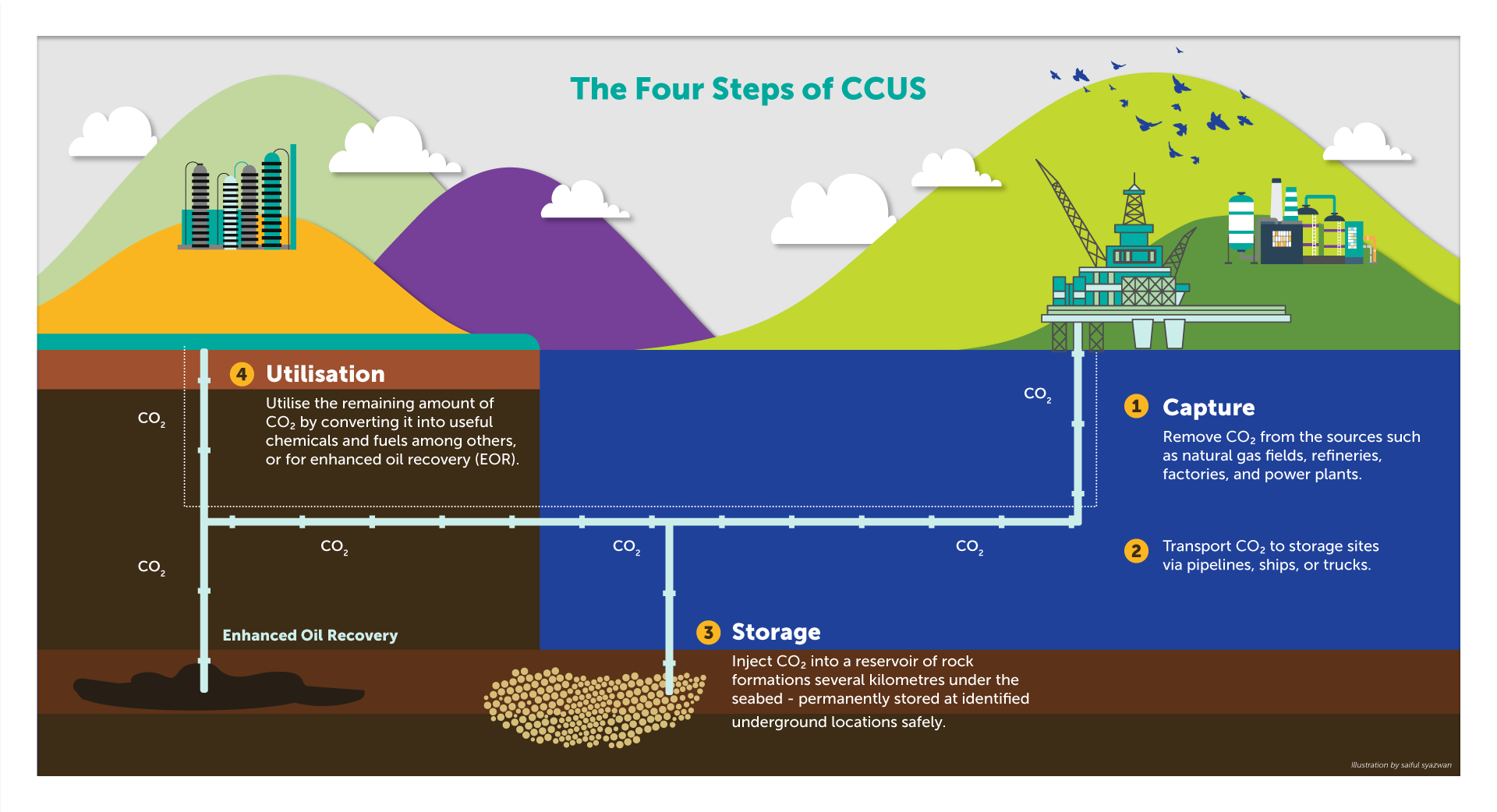The challenges facing the widespread adoption of CCUS technology in Canada
The Promising Future of CCUS Technology in Canada
Carbon capture, utilization, and storage (CCUS) is a technology that captures carbon dioxide (CO2) emissions from industrial processes and stores it underground, preventing it from being released into the atmosphere. This technology has the potential to significantly reduce greenhouse gas emissions, which is a key priority for Canada as it aims to become carbon-neutral by 2050. However, despite the promising future of CCUS technology, there are several challenges that need to be addressed for its widespread adoption in Canada.
The Current State of CCUS in Canada: Challenges and Opportunities
Currently, there are only a handful of CCUS projects in Canada, and most of them are still in the pilot stage. This is partly due to the high cost of CCUS technology, which makes it difficult for companies to invest in it. Another challenge is the lack of infrastructure for transporting and storing captured CO2, which limits the potential sites for CCUS projects. However, there are also opportunities for CCUS in Canada, particularly in the oil and gas industry, which is responsible for a significant amount of the country’s CO2 emissions.
Financing and Funding: The Barrier to Widespread Adoption of CCUS
One of the biggest challenges facing the widespread adoption of CCUS technology in Canada is financing and funding. CCUS projects are expensive to develop and operate, and there is currently limited public and private funding available for them. To address this challenge, the government could provide incentives for companies to invest in CCUS, such as tax credits or subsidies. Additionally, public-private partnerships could be established to share the costs and risks of developing and operating CCUS projects.
The Regulatory Environment: Navigating the Complexities
CCUS projects are subject to a complex regulatory environment in Canada, which can make it difficult for companies to navigate the process. There are multiple agencies involved in approving and regulating CCUS projects, and each has its own set of rules and requirements. To address this challenge, the government could streamline the regulatory process for CCUS projects and provide clearer guidelines for companies to follow.
The Role of Public Education and Outreach in Advancing CCUS Adoption
Public education and outreach are important in advancing CCUS adoption in Canada. Many people are still unfamiliar with CCUS technology and may have misconceptions about its safety and effectiveness. To address this challenge, the government could launch a public education campaign to raise awareness about the benefits of CCUS and dispel any myths or misconceptions. Additionally, partnerships could be established with universities and research institutions to conduct studies on the safety and effectiveness of CCUS.
Technological Advancements: Making CCUS More Cost-Effective
Technological advancements are crucial for making CCUS more cost-effective and thus more attractive to companies. One area of focus is developing more efficient and cost-effective CO2 capture technologies. Another area is improving the storage and monitoring of captured CO2 to ensure its safety and effectiveness. To support these efforts, the government could provide funding for research and development of CCUS technologies.
Finding Viable CCUS Sites and Establishing Partnerships
Finding viable CCUS sites is another challenge facing the widespread adoption of CCUS technology in Canada. The ideal site for a CCUS project is one that is close to the source of CO2 emissions, has suitable geology for storing CO2, and is located near existing infrastructure for transporting and storing CO2. To address this challenge, partnerships could be established between companies, government agencies, and local communities to identify and develop viable CCUS sites.
Overcoming Skepticism: Building Confidence in CCUS Technology
Finally, overcoming skepticism about CCUS technology is crucial for its widespread adoption in Canada. Some people may be skeptical about the safety and effectiveness of CCUS, or may view it as a “band-aid” solution to climate change. To address this challenge, the government could engage with the public and stakeholders to address their concerns and build confidence in CCUS technology. Additionally, partnerships could be established with environmental groups and other stakeholders to ensure that CCUS projects are developed in a responsible and sustainable manner.
Despite the challenges facing the widespread adoption of CCUS technology in Canada, there are also opportunities to advance this technology and reduce greenhouse gas emissions. By addressing the challenges of financing and funding, navigating the regulatory environment, educating the public, and developing more cost-effective and efficient CCUS technologies, Canada can become a leader in the global push towards carbon neutrality.

